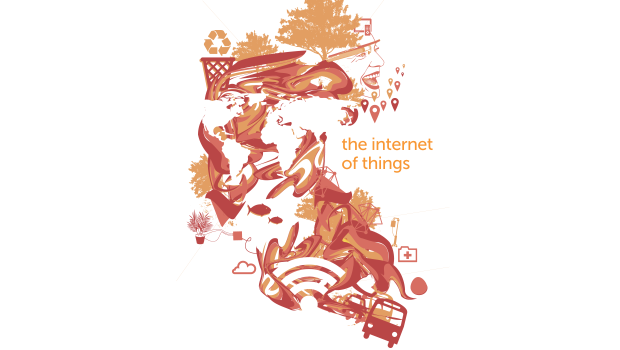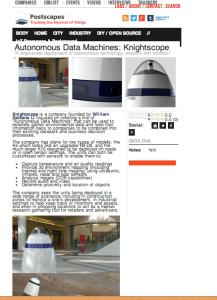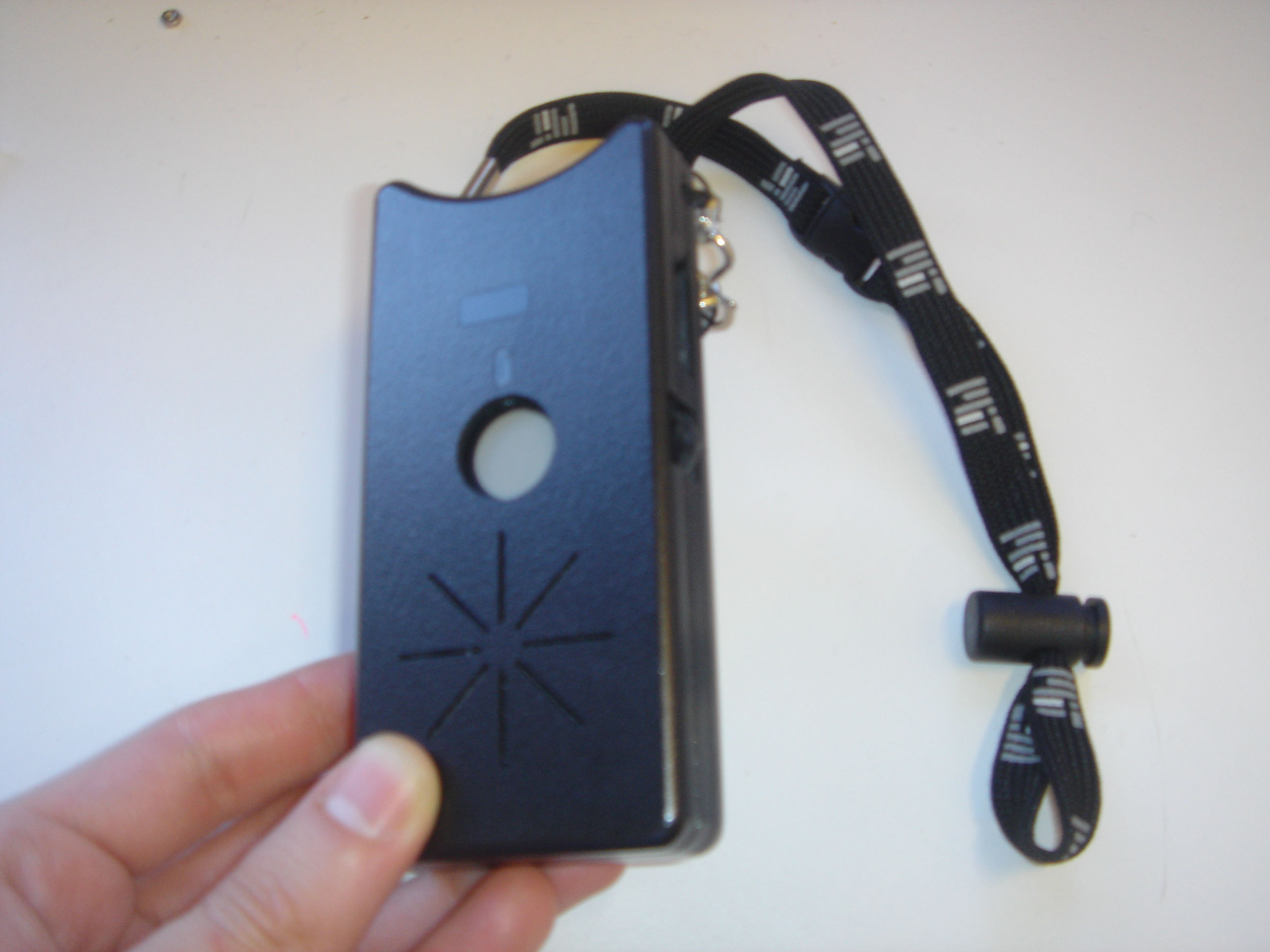Following up on my last post, I’ve found what I think is the best quick intro to the Internet of Things!
 “Internet of Things,” released today by the Center for Data Innovation (hadn’t heard of them! BTW, they also get points in my book for covering XBRL, the magic potion for data…) is a quick read: it has short intros to most of the major consumer-oriented areas affected by the IoT, from healthcare to home automation, combined with two examples for each of those topics. I hadn’t heard of some of the examples (thanks, authors Daniel Castro and Jordan Misra!), although most are frequently cited ones ranging from the Nest thermostat to the Vitality GlowCap. All in all, they’ll show almost any skeptic that the IoT is already a reality and that it will change their life!
“Internet of Things,” released today by the Center for Data Innovation (hadn’t heard of them! BTW, they also get points in my book for covering XBRL, the magic potion for data…) is a quick read: it has short intros to most of the major consumer-oriented areas affected by the IoT, from healthcare to home automation, combined with two examples for each of those topics. I hadn’t heard of some of the examples (thanks, authors Daniel Castro and Jordan Misra!), although most are frequently cited ones ranging from the Nest thermostat to the Vitality GlowCap. All in all, they’ll show almost any skeptic that the IoT is already a reality and that it will change their life!
The report concludes with brief policy recommendations for government and business alike:
- (for government agencies) lead by example, i.e., include funding for sensors in bridge projects, etc. Yea (you listening, Obama Administration?).
- reduce barriers to data sharing (this harkens back to my Data Dynamite book: data gains value by being shared!).
- give consumers access to their data (again, something I wrote about in Data Dynamite).
- avoid inundating consumers with notices (a fine line, since they need to be informed, in plain English, about how their data will be used).
- regulate the use of data, not the collection (in line with Mercatus Center’s advice)
All in all, a nice intro to the IoT!
BTW: Thanx to ol’ friend Pete O’Dell for turning me on to this report!


